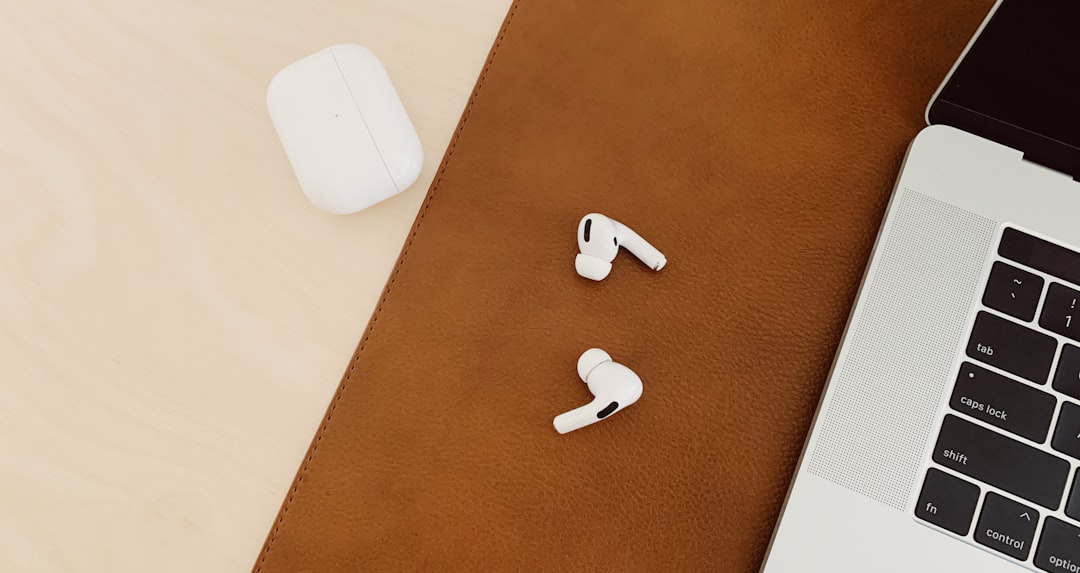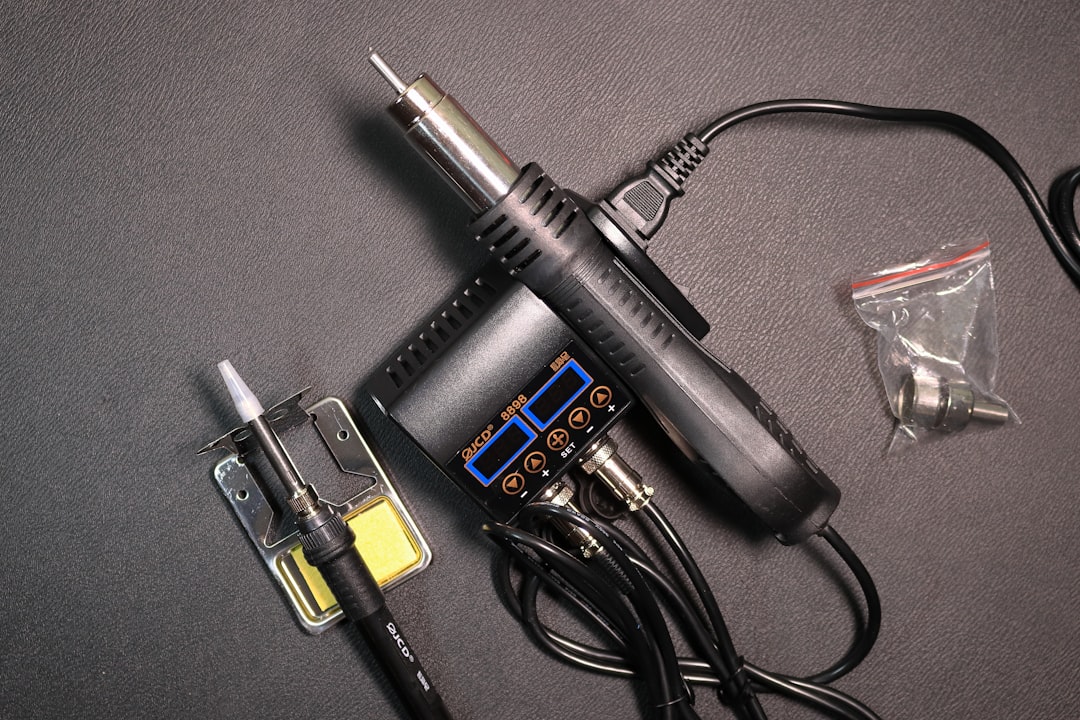In an era dominated by Bluetooth earbuds and wireless headphones, one might assume that the classic 3.5mm audio jack is a relic of the past. Yet, despite rapid shifts in audio technology, the humble audio jack remains surprisingly prevalent. From audiophiles who demand high-fidelity sound to professionals working in music and broadcasting, the analog audio jack is far from obsolete.
The 3.5mm audio jack has had a long and storied journey. Emerging from telephone switchboards and military radio systems, its popularity soared in the late 20th century, becoming the go-to standard for everything from Walkmans to laptops. Today, it’s often replaced by wireless alternatives, but it still has fiercely loyal supporters.
Reliability and Quality Over Convenience
One key reason the audio jack refuses to fade away is its ability to provide consistent and high-quality audio. Unlike Bluetooth connections, which can suffer from compression and outages, a wired connection ensures minimal latency, zero battery usage, and a consistently rich sound.
For musicians, DJs, and audio engineers, quality is non-negotiable. These professionals often insist on the 3.5mm jack or its larger counterpart, the 1/4-inch jack, for precise sound characteristics. Furthermore, when editing audio, latency—even milliseconds of delay—can disrupt the creative process.

A Diverse Ecosystem of Devices
It’s not just professionals keeping the 3.5mm jack alive. A huge array of devices—from handheld gaming consoles and older smartphones to car stereos and computers—still rely on the audio jack. For many, it offers an immediate and dependable option for audio output without worrying about battery life or connectivity issues.
Additionally, some users prefer the plug-and-play simplicity of wired devices. While wireless technology has vastly improved, headers, pairing failures, and audio drift still present issues that wired devices do not.
Why Are Manufacturers Ditching It?
Despite its advantages, many tech companies have moved away from the 3.5mm jack. Apple famously removed the port starting with the iPhone 7, and others swiftly followed. The primary reasons are design efficiency, increased internal space, and even assumptions about consumer preferences for wireless earbuds.
Removing the audio jack allows manufacturers to utilize the space for larger batteries, updated sensors, or additional features that improve overall workflow and device aesthetics. Still, this move isn’t without its criticisms.

Adapters and Workarounds
For users unwilling to part with their wired headphones, adapters like USB-C to 3.5mm or Lightning-to-jack solutions serve as a bridge. However, these add-ons are often criticized for being easy to lose or break, creating a less seamless user experience.
Moreover, certain adapters lack onboard DAC (digital-to-analog conversion), which can lower sound quality. Enthusiasts often invest in high-quality DACs to preserve fidelity, but this adds cost and complexity.
The Role of Legacy and Future Developments
While the transition to wireless technology is evident, there’s a strong case for retaining the 3.5mm jack as a fallback or complement to wireless systems. For example, in warmer climates where wireless earbuds may overheat or drain quickly, a wired option provides security.
The role of the 3.5mm jack is evolving. It no longer dominates the portable tech market but maintains a niche—yet critical—presence. Especially in the world of professional audio and among users who value reliability and simplicity, it’s likely to remain for years to come.

FAQs
-
Is the 3.5mm audio jack gone for good?
No, while many new smartphones lack the jack, it remains widely used in audio equipment, laptops, and older devices. -
Can adapters completely replace the audio jack?
They work, but often with compromises in durability, convenience, or sound quality depending on the adapter’s build. -
Why do professionals still use the audio jack?
Because it offers high-quality, low-latency sound, which is vital for music production and broadcasting. -
Are there smartphones that still have a 3.5mm jack?
Yes, several manufacturers, especially in the mid-range market, still produce phones with audio jacks to meet consumer demand. -
Is wireless audio inferior to wired audio?
Not always, but wired audio generally provides better consistency and higher fidelity, especially noticeable in professional environments.
